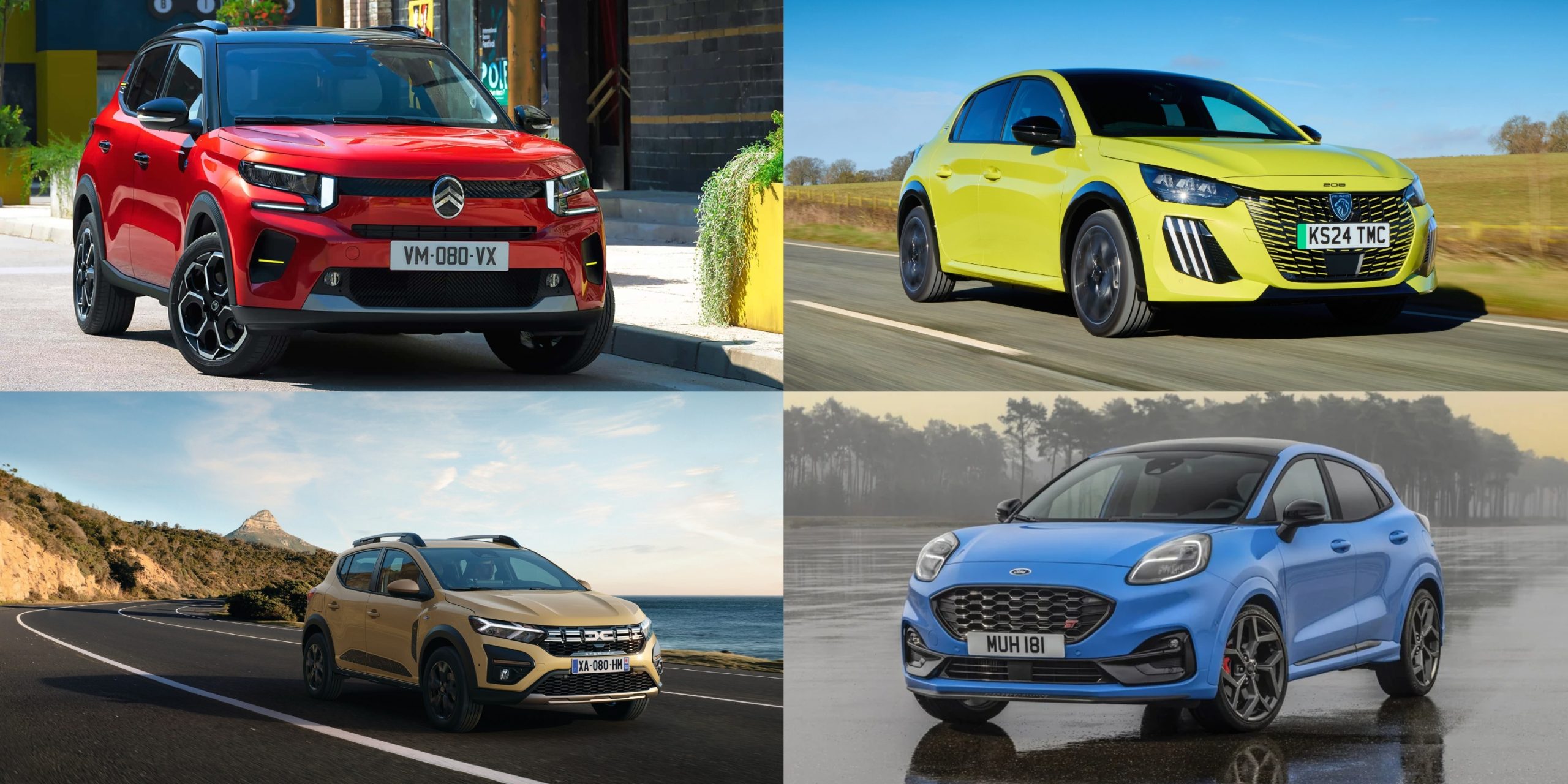Choosing your first car is a significant milestone and an exciting step for any new driver. While it can be tempting to go for something flashy or powerful, it’s important to choose a car that fits your needs and budget, especially since many of the more exciting options are often too expensive and impractical for young or inexperienced drivers.
The most important factor to consider is the overall cost of ownership. Insurance, in particular, can be very expensive for new drivers, regardless of age. Adding a younger driver to the policy can raise the cost even more. That’s why it’s generally wise to start with a small car that has a small engine.
These vehicles usually fall into lower insurance groups and are more fuel-efficient, making them cheaper to run. Electric cars are also worth considering if you have access to charging, though they tend to have a higher upfront cost.
While it’s easy to be swayed by a car’s looks, performance, or reputation, some models come with serious downsides for inexperienced drivers.
High maintenance costs, poor reliability, or difficult handling can make certain vehicles more trouble than they’re worth, particularly for someone just starting out on the road. Choosing the right first car means balancing practicality, affordability, and safety to ensure a smooth start to your driving journey.
Also Read: 10 Cars That Are the Easiest to Repair at Home for DIY Mechanics on a Budget
Best Cars for First-Time Drivers
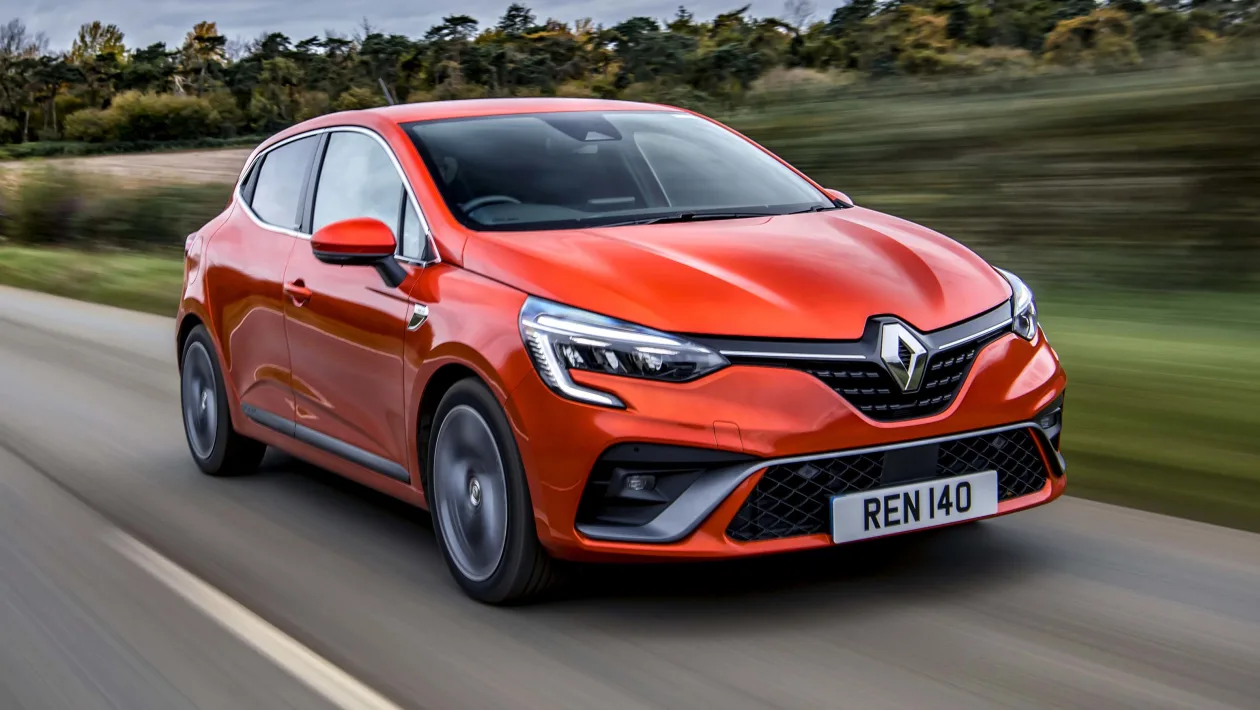
Renault Clio
The Renault Clio is our top small car because it looks stylish, has a high-quality inside, and a huge boot, so it’s still really useful even though it’s a small car.
If you want the cheapest choice, there’s a petrol version with a manual gearbox, which is great for new drivers who want to practice using gears. But if you can afford the hybrid version, it has a smooth engine and automatic gearbox, which is better on fuel.
Inside, the design is nice and it feels well made. You get Android Auto and Apple CarPlay as standard, along with cruise control to help make longer trips more comfortable.
One downside is that there’s not much room in the back seats. Your friends will probably be okay for short trips, but you might want to switch around who sits in the front on longer drives to keep everyone happy.
The trade-off for the tight back seats is that the boot is really big for this kind of car – at 391 litres, it has more space than anything else on this list. But if you go for the hybrid, the boot drops to 301 litres because of the batteries, which is less than most other cars.
Both engines save on fuel, with the petrol getting over 50mpg if you drive gently. The hybrid does even better, getting over 60mpg in real driving. It’s also more powerful, so it gets up to speed on the motorway more easily, and the automatic gearbox makes city driving simpler. The downside is that it costs more to buy, so you’ll have to decide whether the cheaper running costs are worth the higher price, or if you’re okay paying extra for those benefits.
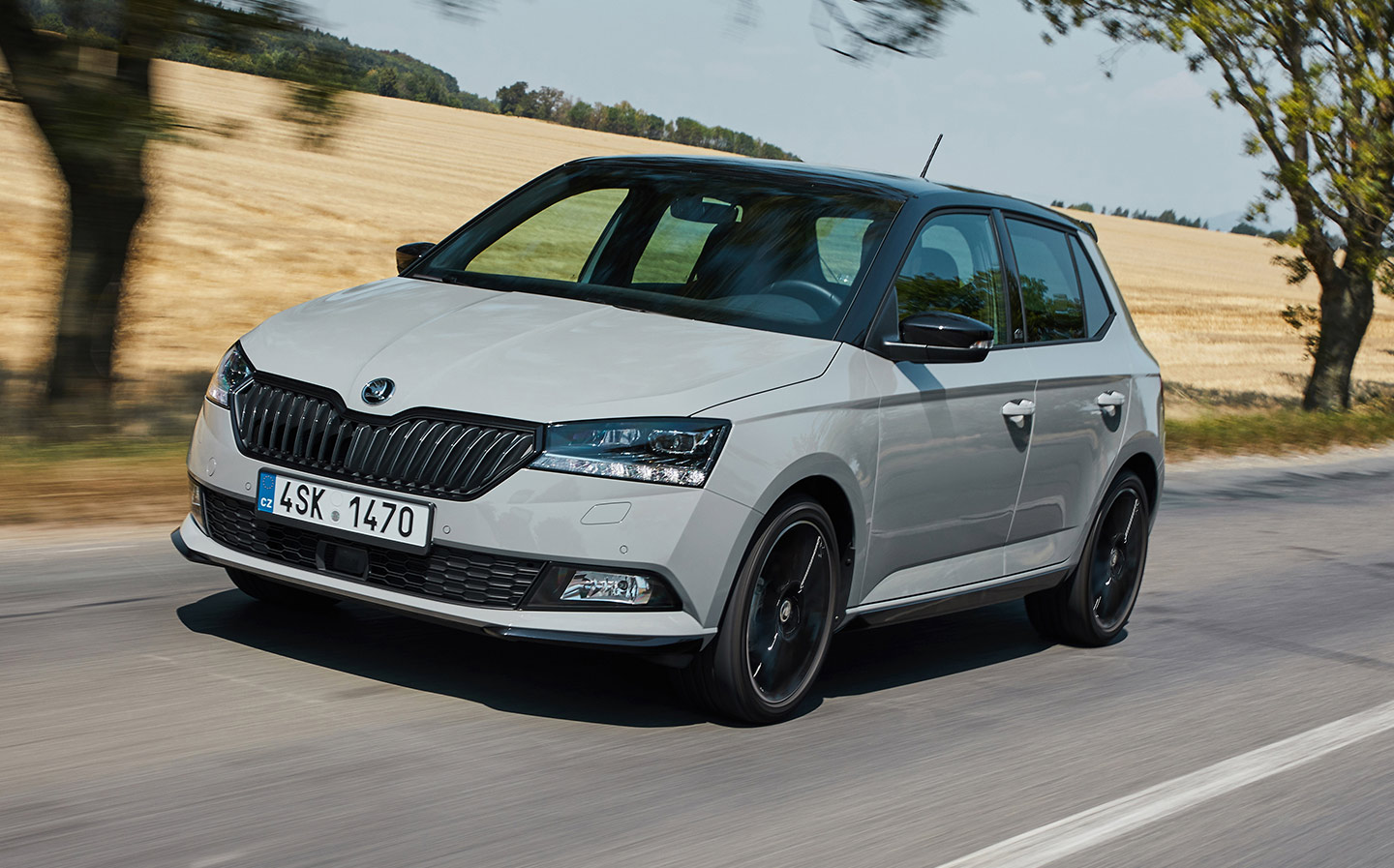
Skoda Fabia
The Skoda Fabia is more of a sensible choice. While the Renault has a bit more flair, the Fabia has a simpler look and puts comfort and practicality first. It’s very easy to live with, and owners really like it.
It’s easy to see why, since you get the space of a larger car without the high running costs. The boot is 380 litres, which is a bit smaller than the Clio’s, but there’s more room in the back seats, so your friends will be more comfortable on longer drives.
You’ll probably want one of the higher trims like SE L or Monte Carlo to get the bigger touchscreen, because the smaller one can make the inside look a bit old. Still, most trims do come with the very good ‘Virtual Cockpit’ digital instrument panel. Every version comes with Apple CarPlay and Android Auto, so even the basic ones let you use your phone’s apps on the screen.
Younger drivers might want something more fun for winding roads, but parents will like the Fabia’s safe and steady driving style. It really feels like a bigger car when you’re driving – it might be a bit noisy at high speeds, but it’s comfortable and steady on the motorway. Just be aware not all versions come with cruise control.
The basic 1.0-litre ‘MPI’ engine is the least powerful and cheapest one, but it’s in insurance group 4E, which is the lowest here. If you have a bit more money to spend, the 116hp version is better for most situations and you can choose between a manual or automatic gearbox.
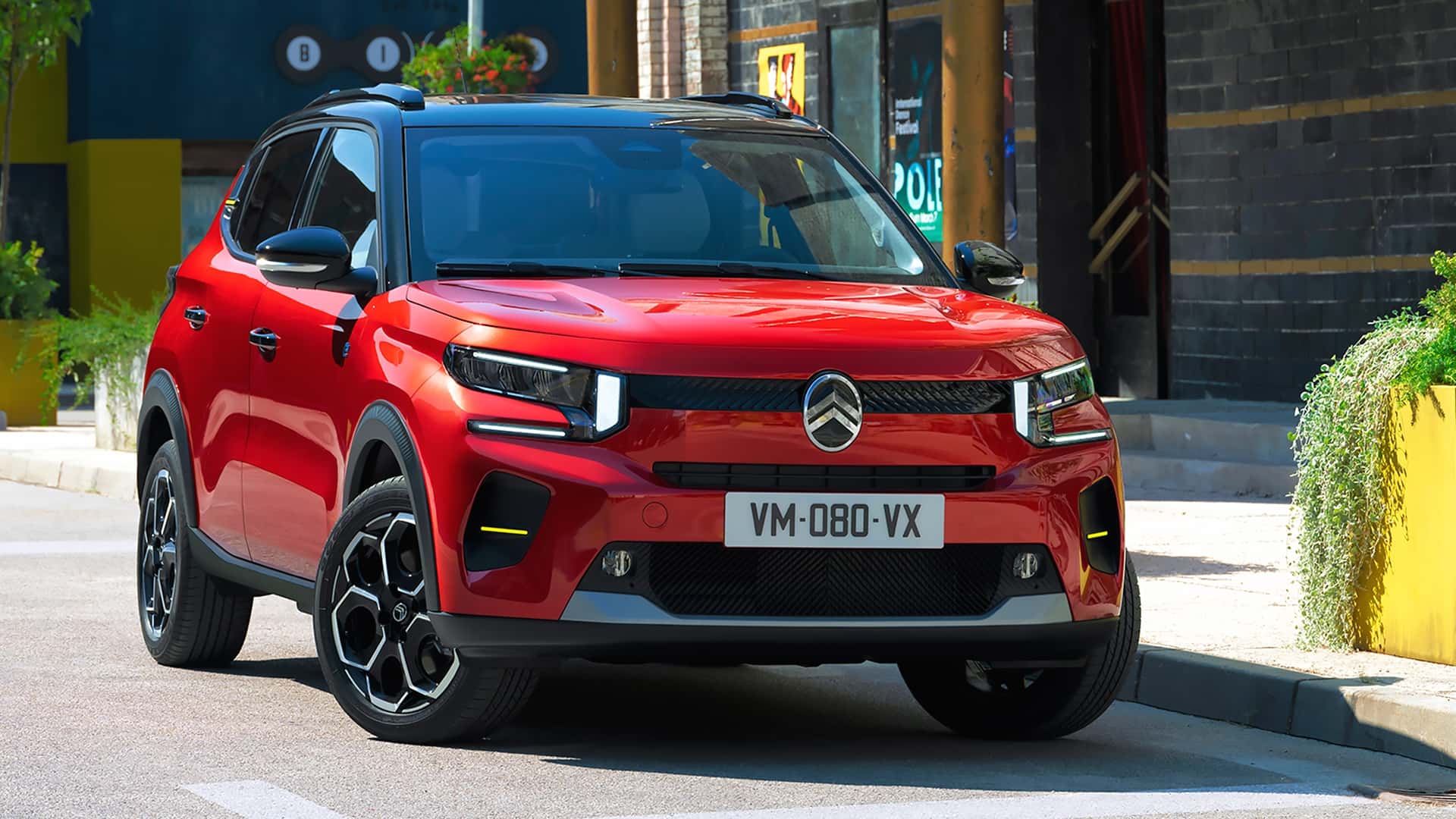
Citroen e-C3
People often think electric cars are too pricey for new drivers, right? That’s not always true, as the Citroen e-C3 shows. It’s a small electric SUV that costs about the same as some of the petrol cars on this list – though there are a few trade-offs.
The biggest issue is the range – it’s officially 199 miles per charge, but in real driving it’ll be a bit less. Since it doesn’t have a heat pump (which helps save energy in cold weather but would make it more expensive), you’ll get a lot less range in winter.
Charging speed is decent at 100kW, nothing too fast but not bad either. The small battery means it can go from 20-80% charge in under 30 minutes, so if you need to charge during a journey, it won’t take too long.
Still, if you’re not often taking long trips, there’s a lot to like about this stylish Citroen. For one, it looks really good – it’s a small SUV that doesn’t look cheap, with smooth lines and sharp LED headlights.
Inside, if you look closely, you’ll spot where money was saved with cheaper materials, but the mix of different materials makes it feel unique instead of cheap. The tech is just right too, with a good-sized screen that supports Android Auto and Apple CarPlay.
There’s a good amount of space inside as well. The tall shape gives lots of headroom for everyone, and backseat passengers won’t be too cramped either. The boot is 310 litres, which is a decent size. The BYD Dolphin has a bit more room, but the Citroen’s boot is bigger than the one in the Vauxhall Corsa Electric. Its deep shape means you can still pack in a fair bit.
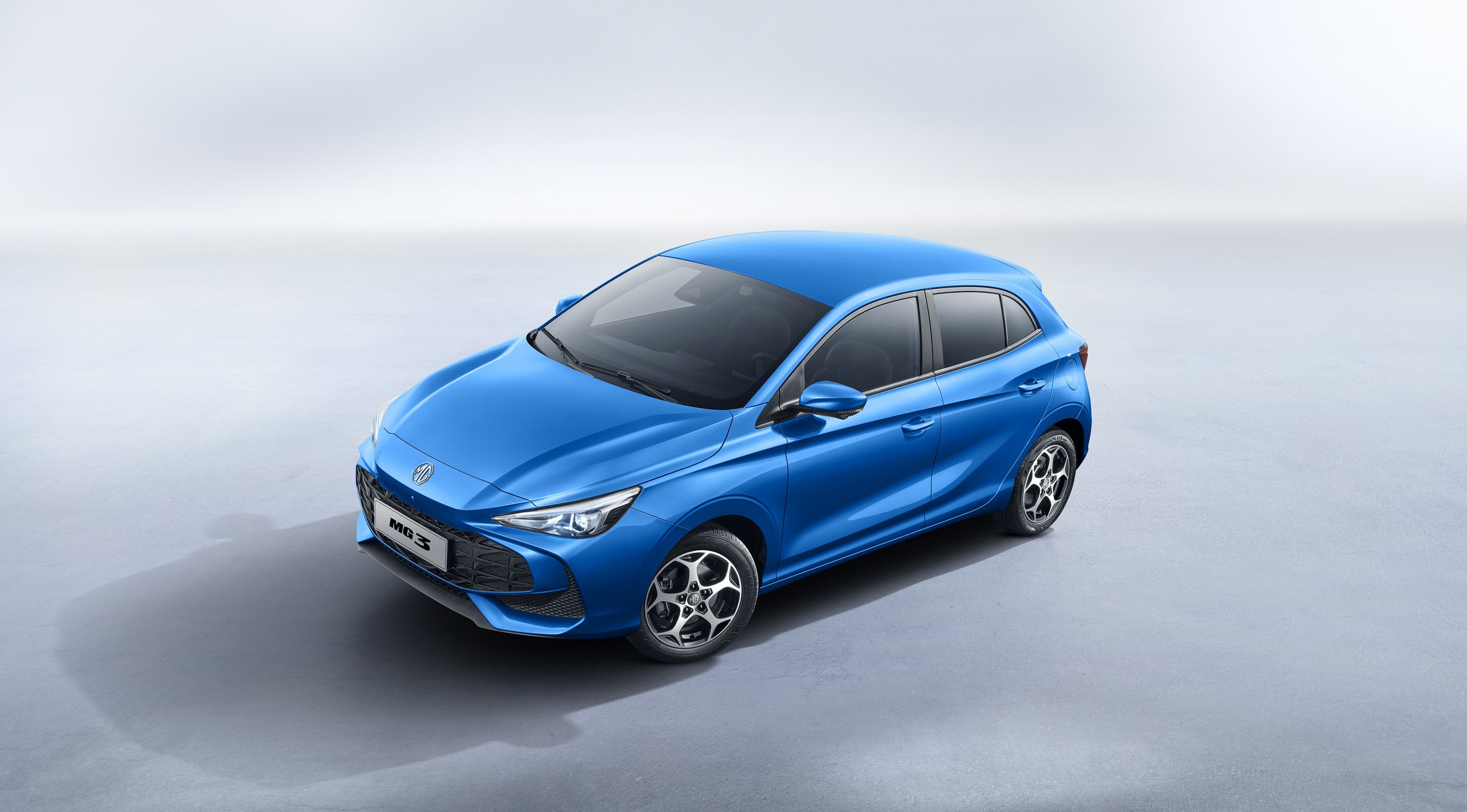
MG3
To be honest, the old MG3 wasn’t a great car. But the new version is completely different and definitely worth thinking about as a first car, especially because of its smart hybrid engine that helps keep fuel costs very low.
It’s a self-charging hybrid, so you don’t have to plug it in. It has a bigger battery than most other hybrids and uses the electric motors more often. That means it’s really good with fuel, and driving in the city is quiet and smooth. During testing, it gave just over 50mpg, and while a Toyota Yaris Cross might get closer to 60mpg, the MG3 still does very well.
Inside, it feels a bit cheap, but like the Citroen e-C3, the way it’s designed helps hide that. The inside has a simple and clean look that may not be very exciting, but it feels calm and neat. The only downside to the simple style is that most features are controlled through the touchscreen, which can be awkward and hard to use while driving.
The biggest problem with this car is that it falls into a high insurance group, which could make it too pricey for some young drivers. But since it doesn’t cost much to buy and is cheap to run, it’s worth getting some insurance quotes first to see if it still works out okay.
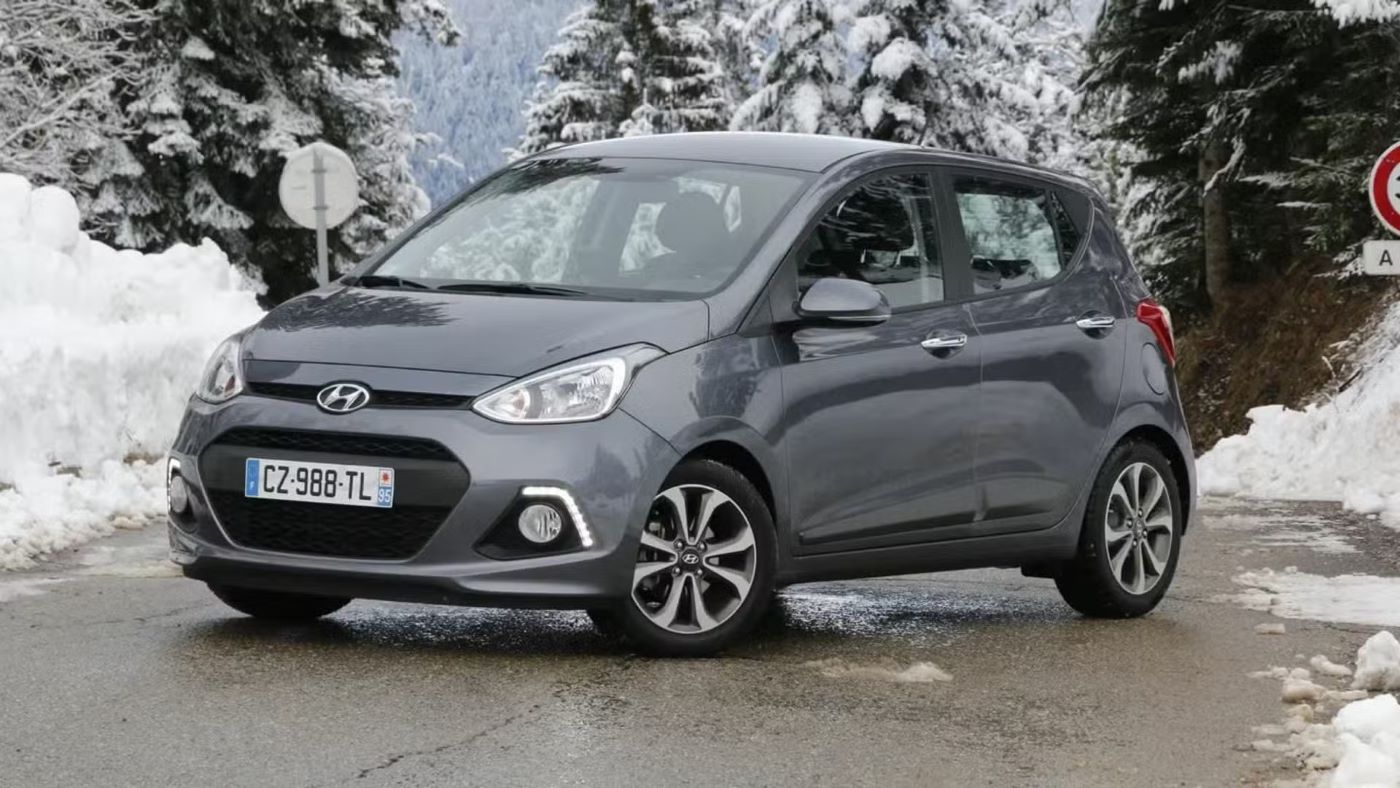
Hyundai i10
The Hyundai i10 is a really nice-looking small car with enough space for four people and very low running costs.
You can pick from three engines, and the 1.0-litre turbocharged one at the top is the best option. It’s in a slightly higher insurance group, but if you can afford it, it’s a fun engine that works really well with the i10’s city car features.
Still, the two less powerful engines are much cheaper to insure and are probably the better choices for a first car. The automatic version is in insurance group two, which is the lowest, but the gearbox is poor and should be avoided. If you pick the 63hp or 79hp engines with a manual gearbox, they fall in groups three to six, which means they’re still very cheap to insure and are good with fuel.
The Hyundai i10 isn’t just about saving money. The inside is a bit plain, but the touchscreen system works fine, and there’s enough room for four adults to ride comfortably. The boot is small at 252 litres, but it’s close to what other cars this size offer.

Peugeot 208
The Peugeot 208 shows that just because you’re shopping for small and affordable cars, you don’t have to give up on something that looks stylish and feels a bit fancy.
Peugeot’s design team has done a great job in recent years, and the 208 hasn’t been left out. It looks sharp on the outside and has a cool, layered interior with different materials and shapes that give it a more premium feel than most small cars. The materials inside are good quality too, so it doesn’t just look nice—it feels nice too.
There’s plenty of room in the front, but like many small cars, the back seats are a bit tight. The boot is better than average, though, so there’s still decent storage.
It’s comfy and simple to drive around town, and it can handle motorway driving well, even if you choose the less powerful petrol engine instead of the stronger hybrid. If you’re able to charge at home, the electric E-208 is an option too, but it comes with a high insurance group. That’s the biggest downside to the 208 – no matter which engine you choose, insurance costs are on the high side.
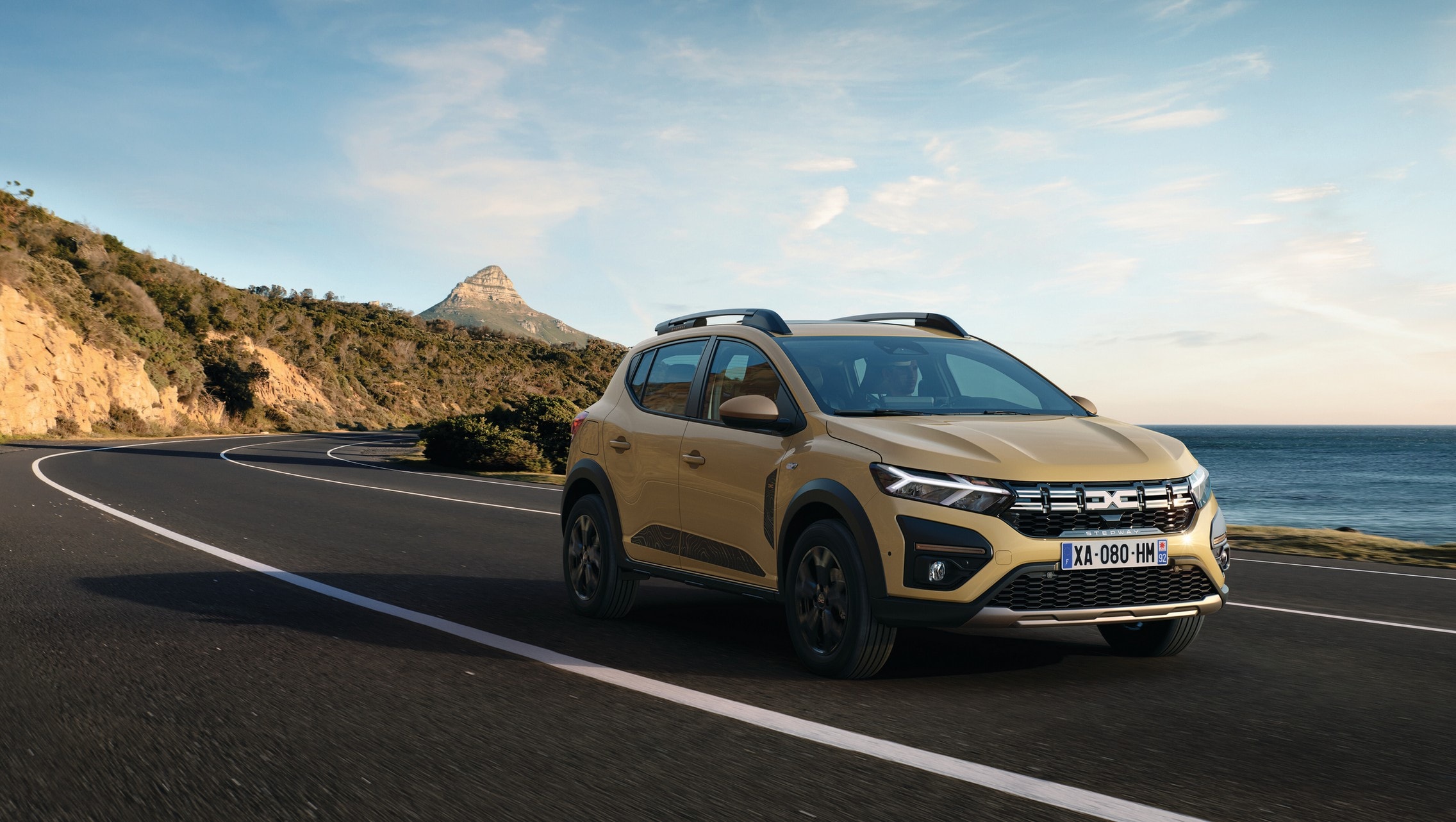
Dacia Sandero
The Dacia Sandero is the cheapest new car in the UK, and it used to be really basic – just the essentials. It’s still simple, but now it actually looks pretty good, and has a roomy interior with a cabin that’s straightforward, practical, and doesn’t look old-fashioned anymore. It’s still a great deal.
It works well as a first car because the seat and steering wheel can be adjusted a lot, making it easy to find a comfy driving position. The large windows give great views all around, which helps with driving in town.
There’s just one engine choice – a 1.0-litre with a manual gearbox, available as either petrol or LPG bi-fuel. The petrol version will suit most drivers, and you should get over 50mpg without much effort. (If you prefer an automatic, the tougher-looking Sandero Stepway version offers that on its top trim.)
It’s very roomy inside, and two adults can sit in the back without any trouble, so it’s a strong choice if you’ll be using a child seat. The boot is a good size at 328 litres, so you don’t lose out on luggage space despite the roomy back seats, which is a big plus.
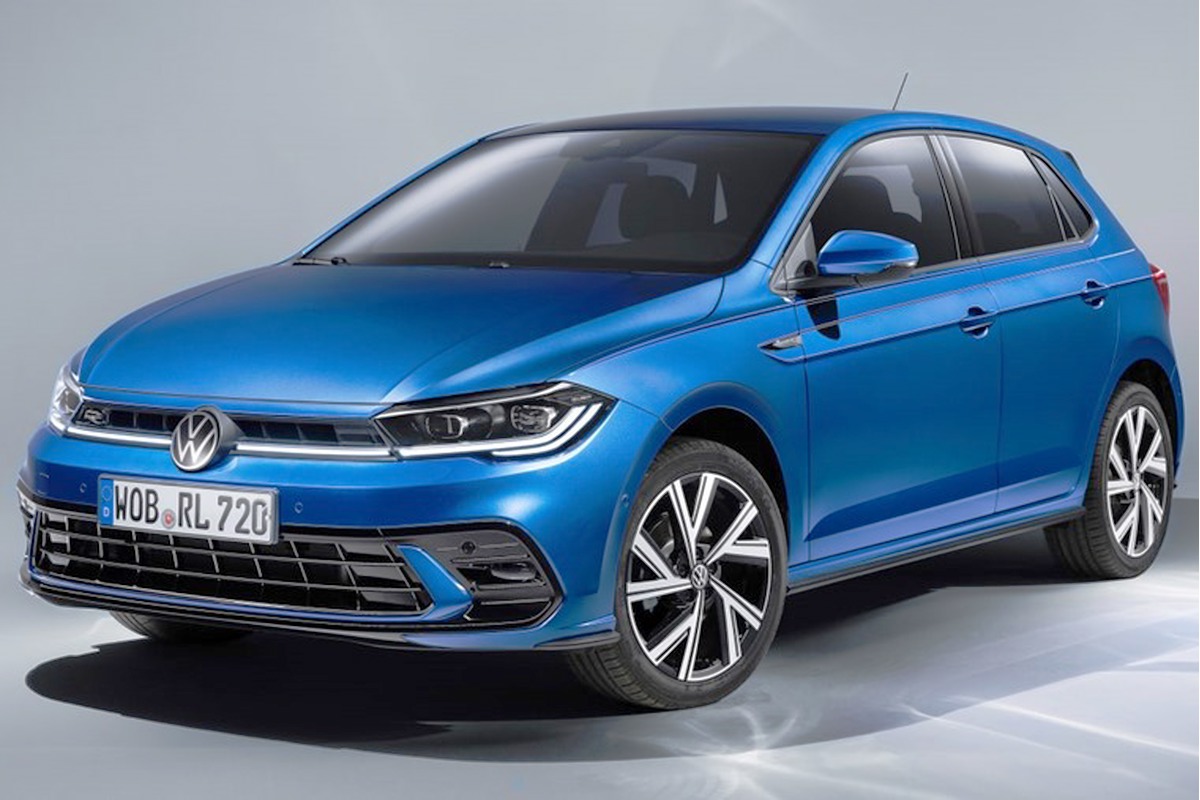
Volkswagen Polo
If you want your small car to feel more like a bigger one, the Volkswagen Polo should be at the top of your list. It’s not the most exciting car to drive, but it feels safe, steady, and smooth. That makes it one of the quietest and most comfortable cars here for longer trips on the motorway.
The design is simple, which gives it a more mature look compared to some of the more playful cars on this list. With the trusted Volkswagen badge, it might appeal more if you’re learning to drive later on and want something that looks smart in a work car park.
The same feeling continues inside, with a well-designed interior made from high-quality materials. It’s nearly as roomy as the bigger Volkswagen Golf, so your friends won’t be cramped in the back seats. The boot is also quite spacious for a car this size.
Even though the Polo looks quite fancy, it comes with the same 80hp petrol engine as the Skoda Fabia, which puts it in a low insurance group. If you can afford one of the stronger engines, they’ll be nicer to drive, but the smaller engine could help you save a lot on insurance.
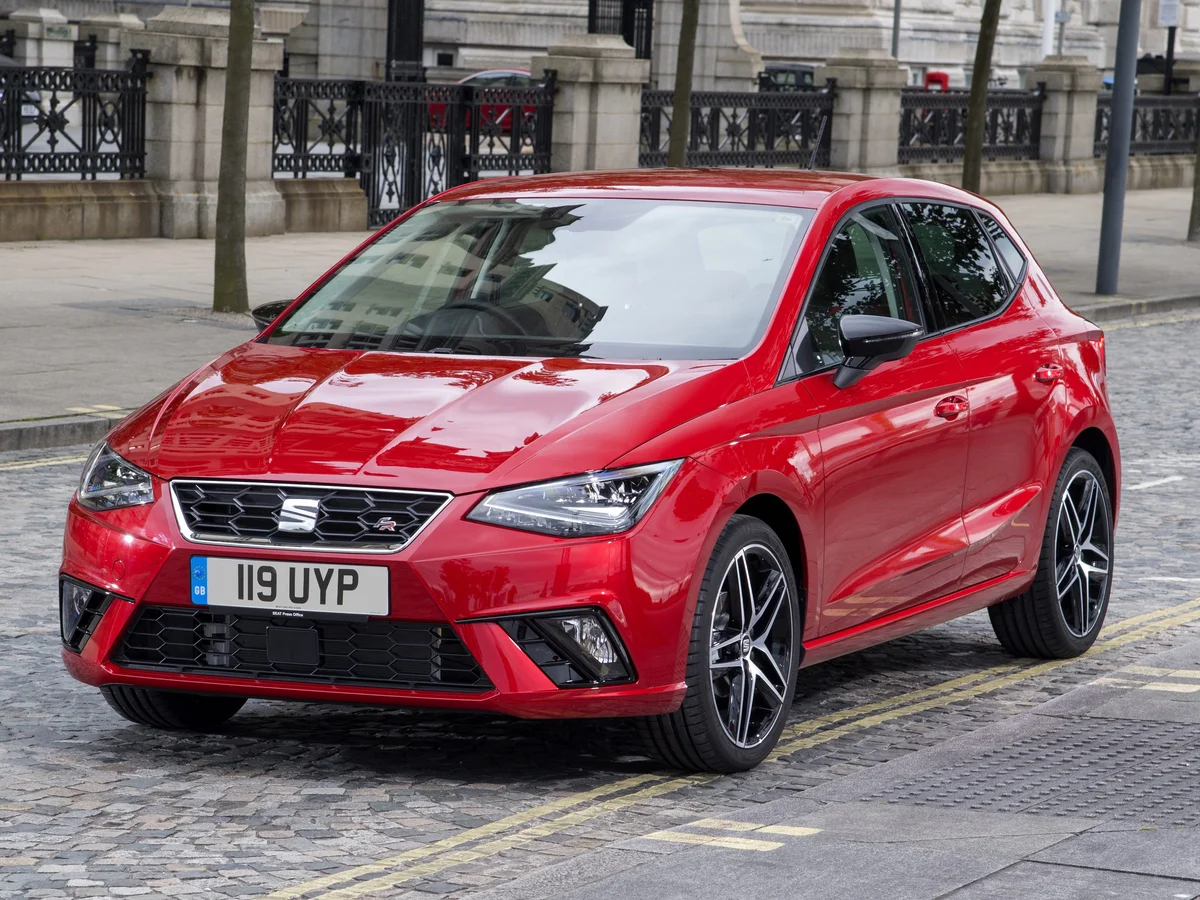
SEAT Ibiza
The SEAT Ibiza has been a popular first car choice for a long time, mainly because of its youthful and fun design. While cars like the Volkswagen Polo have a more serious look, the latest Ibiza has a sporty style that many younger drivers will like.
It’s a great fit, because even though it looks sporty, it still comes with small, low-powered engines that are easier to insure and keep parents happy too. It shares many parts with the Skoda Fabia, though it doesn’t come with the Fabia’s most insurance-friendly engine. Still, the 95hp version won’t cost too much.
The inside is starting to feel a bit dated, but it has some nice shapes and colours that give it a sportier feel than some of the plainer alternatives.
The basic version has an 8.3-inch touchscreen, which is much better than the older car’s tiny screen. Other versions get a larger 9.2-inch display that includes built-in navigation.
The 95hp engine comes with a five-speed manual gearbox, which works well for city driving and winding roads. But if you often drive on the motorway, it might be worth paying more for the 115hp engine, which adds a sixth gear for better fuel use and comfort at higher speeds. There’s an automatic option too, but it will cost more.
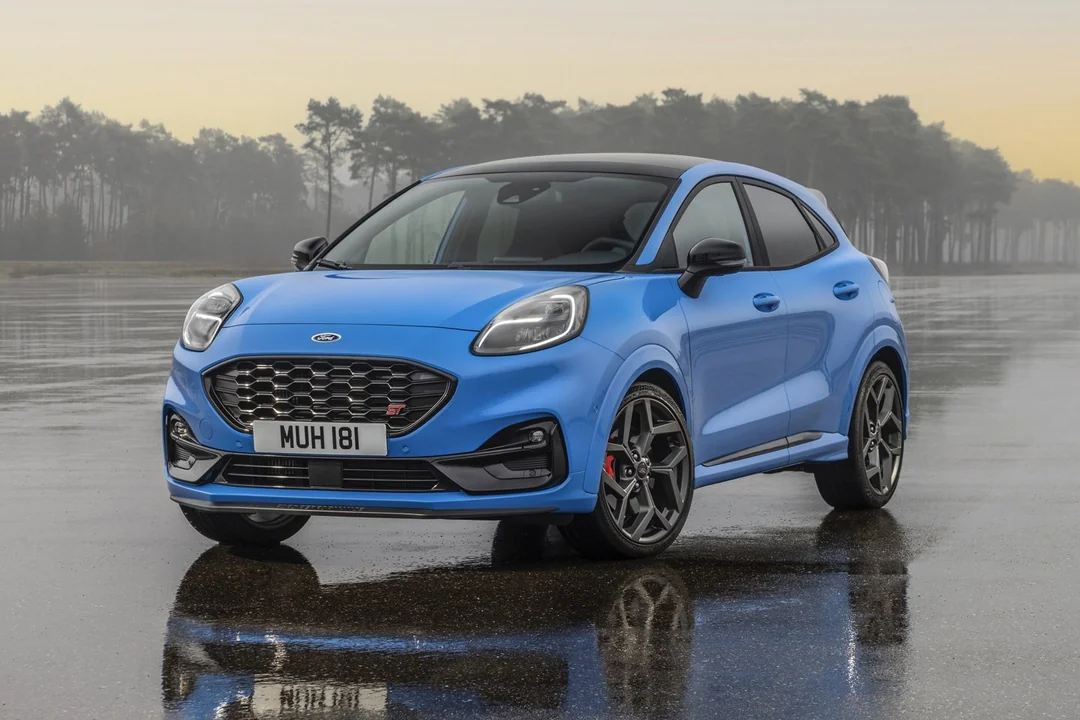
Ford Puma
The Ford Puma was the top-selling car in the UK in 2024, and it’s easy to understand why. It has bold SUV styling but is still small and easy to handle in the city. It’s a great choice because the higher seating position gives you a better view of the road, which can help new drivers feel more confident.
A 2024 update gave the Puma a new high-tech interior with a large touchscreen and digital display, along with changes to how everything inside looks. The design is nicer now, though some parts don’t feel as well-made as they used to, which is a bit disappointing.
Also Read: 10 Transmission Systems Designed to Outlast the Car
Even so, one of the best things about the Ford Puma is the Megabox. It’s an 80-litre space under the boot floor that you can wash out – great for muddy boots or tall items like plants. The boot itself is really large and can hold as much as some bigger cars.
As you’d expect from a Ford, the Puma is more fun to drive than many of its rivals, and it’s easy to handle around town with a great turning circle. The trade-off is that you’ll notice bumps more when driving, and it doesn’t feel very smooth or quiet at higher speeds.
Cars to Avoid as a First-Time Driver
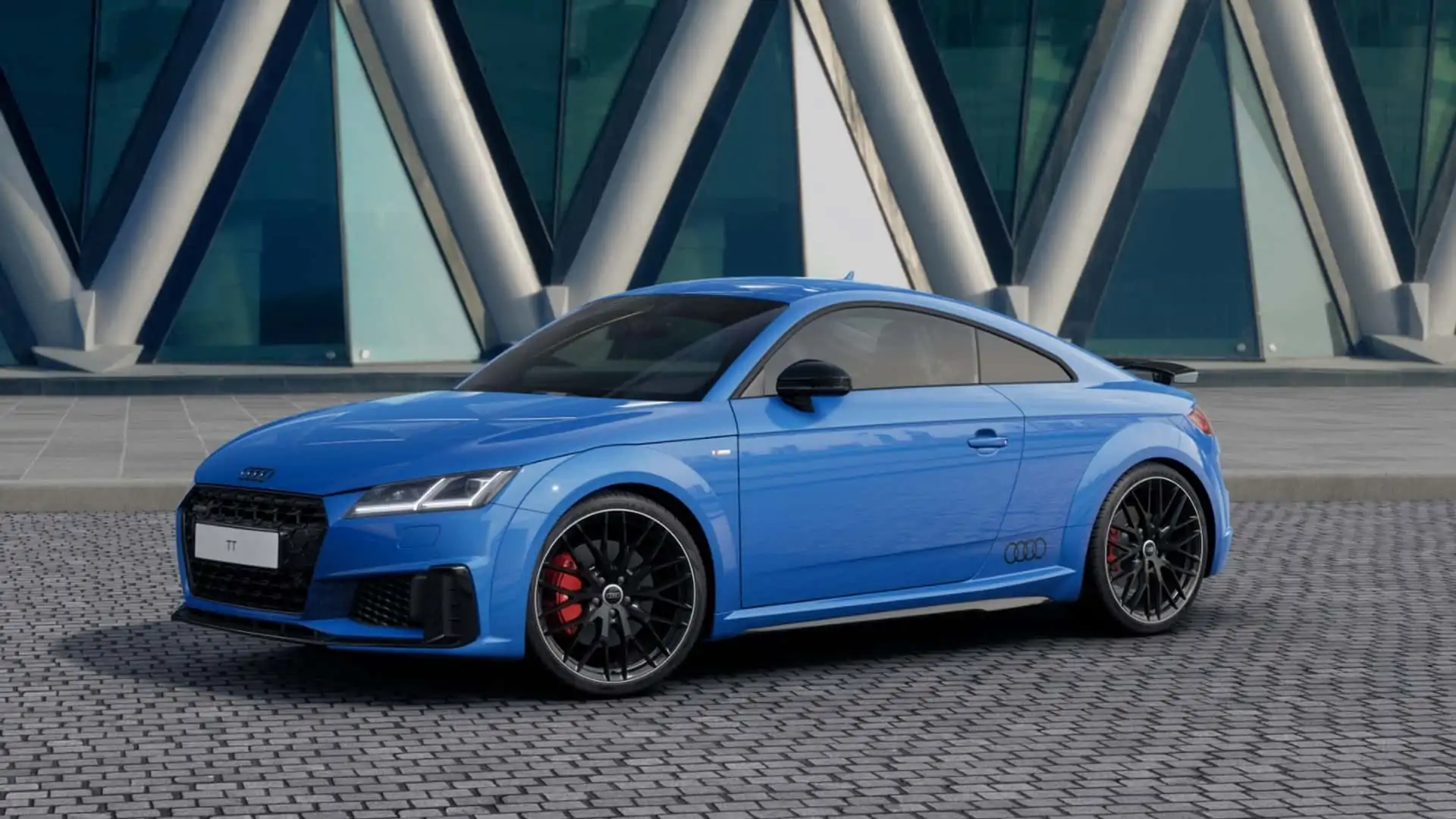
Audi TT (First Generation)
At first glance, the first-generation Audi TT appears to be a stylish and desirable first car. However, it suffers from a critical handling flaw: snap oversteer. When cornering at high speeds, lifting off the throttle can cause the car to lose control suddenly, posing a life-threatening risk.
This instability prompted a recall that included suspension adjustments and the addition of a larger rear spoiler for improved high-speed stability.
Beyond its dangerous dynamics, the TT is plagued by reliability issues. Both the V6 and four-cylinder engines are prone to premature timing chain failure, and the vehicle also suffers from numerous electrical faults. For new drivers seeking dependable, affordable transport, the first-gen TT is far from ideal.
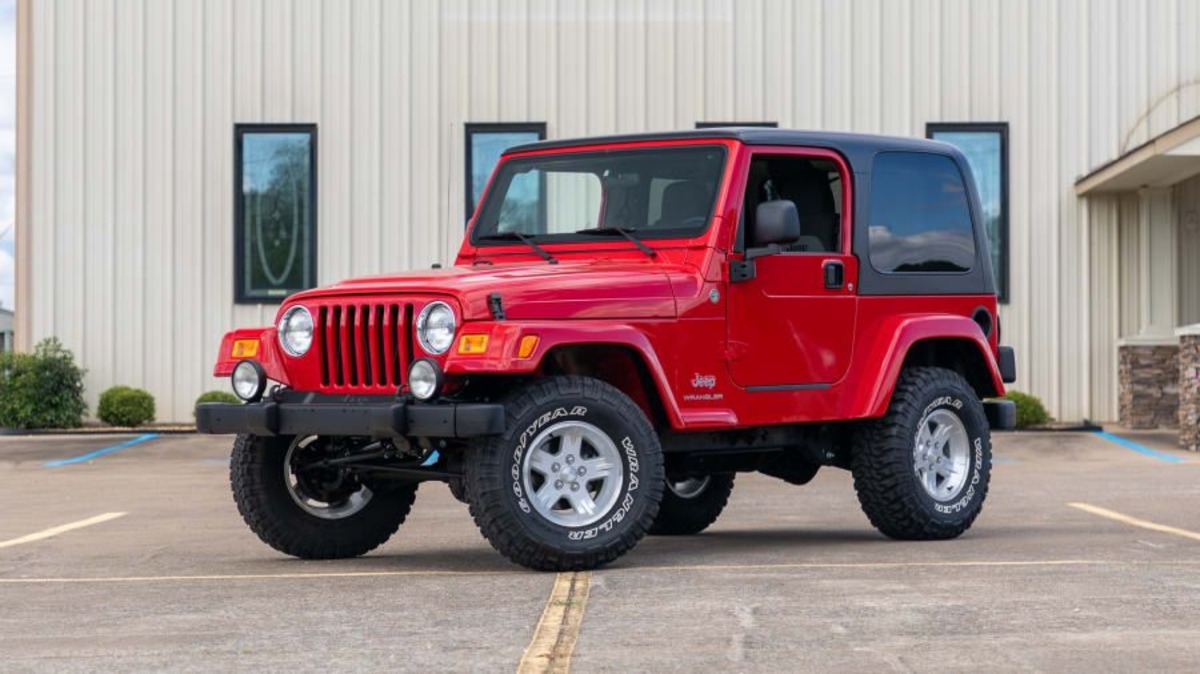
Jeep Wrangler
The Jeep Wrangler offers off-road capability and a fun, adventurous image. However, it is a poor choice for a new driver. Designed for rugged terrain rather than paved roads, the Wrangler has poor on-road handling, making it difficult to control, especially for someone still developing driving reflexes.
One of the biggest concerns is its high center of gravity, which makes it prone to rollovers, particularly during sharp turns or emergency maneuvers. This danger increases significantly if the vehicle is modified (a common trend among Wrangler owners), further raising the center of gravity and worsening stability. All of these factors make the Wrangler one of the most hazardous vehicles for a beginner.
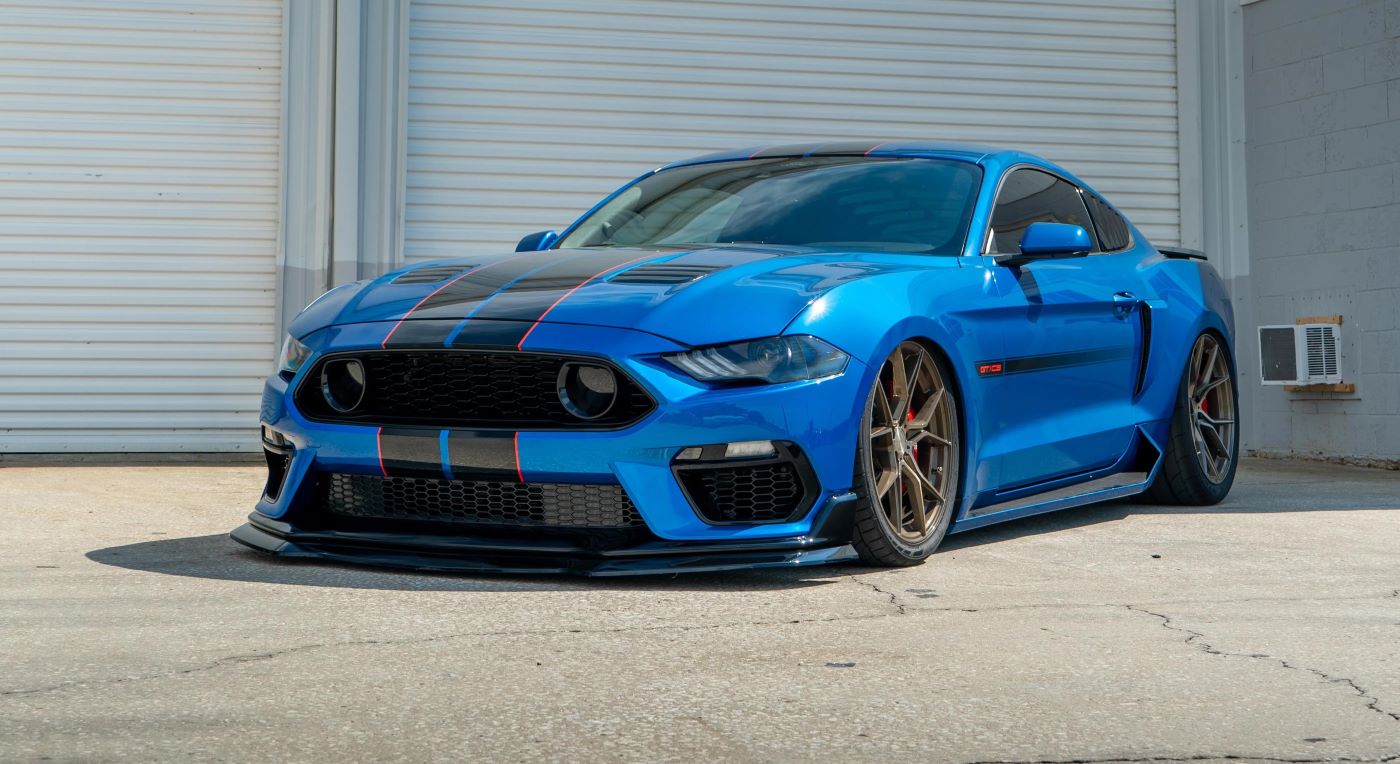
Ford Mustang GT
The Ford Mustang GT is iconic and powerful, but this very power can be a liability for inexperienced drivers. Its V8 engine delivers strong performance that can tempt new drivers into risky behavior, including aggressive acceleration or even street racing.
The Mustang GT has a reputation for being involved in high-profile accidents due to drivers losing control, especially when showing off. Without the skill to handle rear-wheel-drive dynamics and sudden bursts of power, beginners may find themselves in dangerous situations. A safer option might be the less powerful V6 version, or avoiding the model entirely.
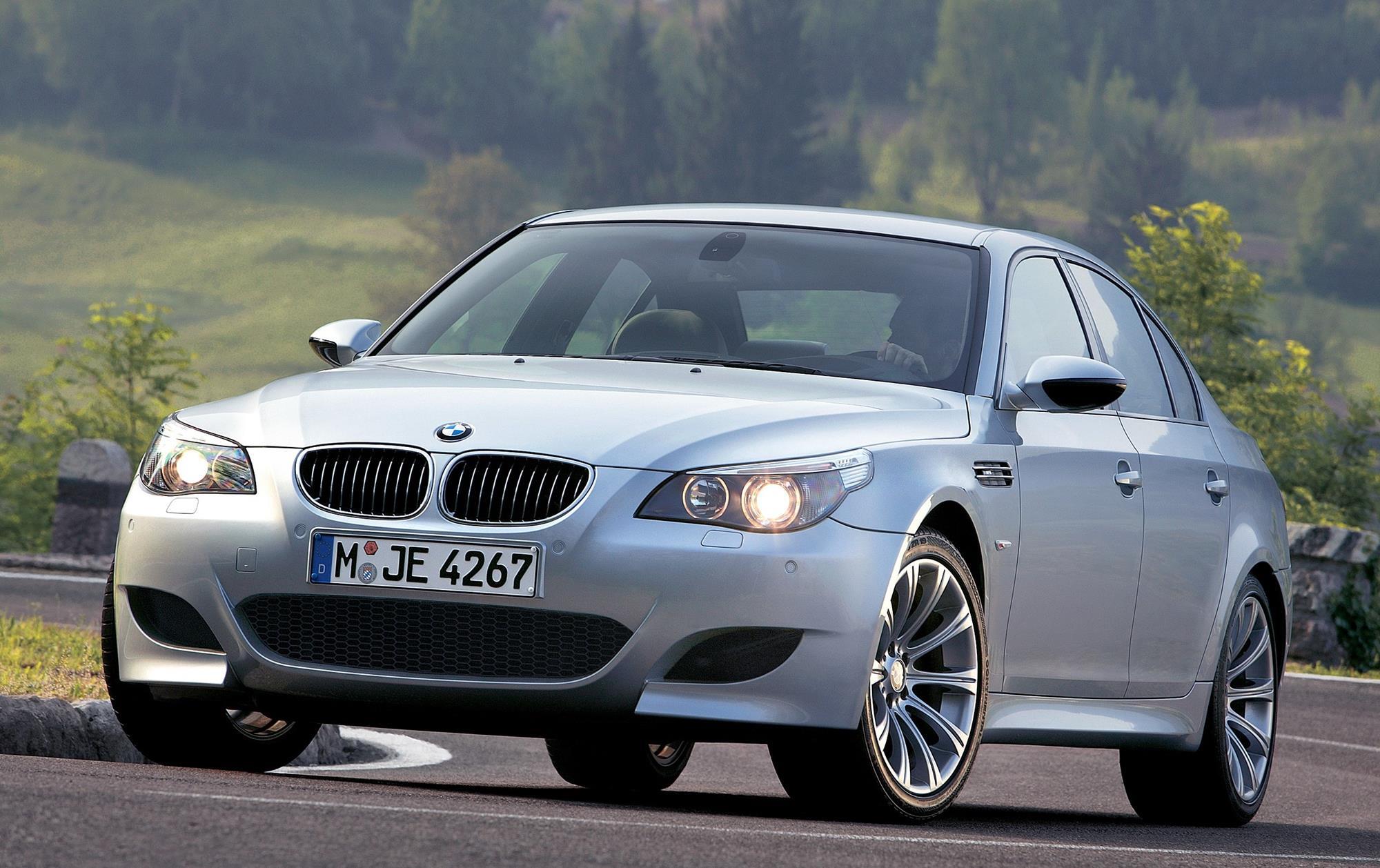
BMW E60 M5
The E60 M5 is a technological marvel, boasting a 500-horsepower V10 engine, manual transmission, and a refined luxury interior. However, it is notoriously unreliable and extremely expensive to maintain, making it a nightmare for young drivers on a budget.
Common and costly issues include throttle actuators, rod bearing failures, and numerous other minor components that add up over time. Simply put, keeping one of these cars on the road is a massive financial commitment.
6While its performance and appearance may be tempting, the E60 M5 is an impractical and risky choice for a first-time owner.
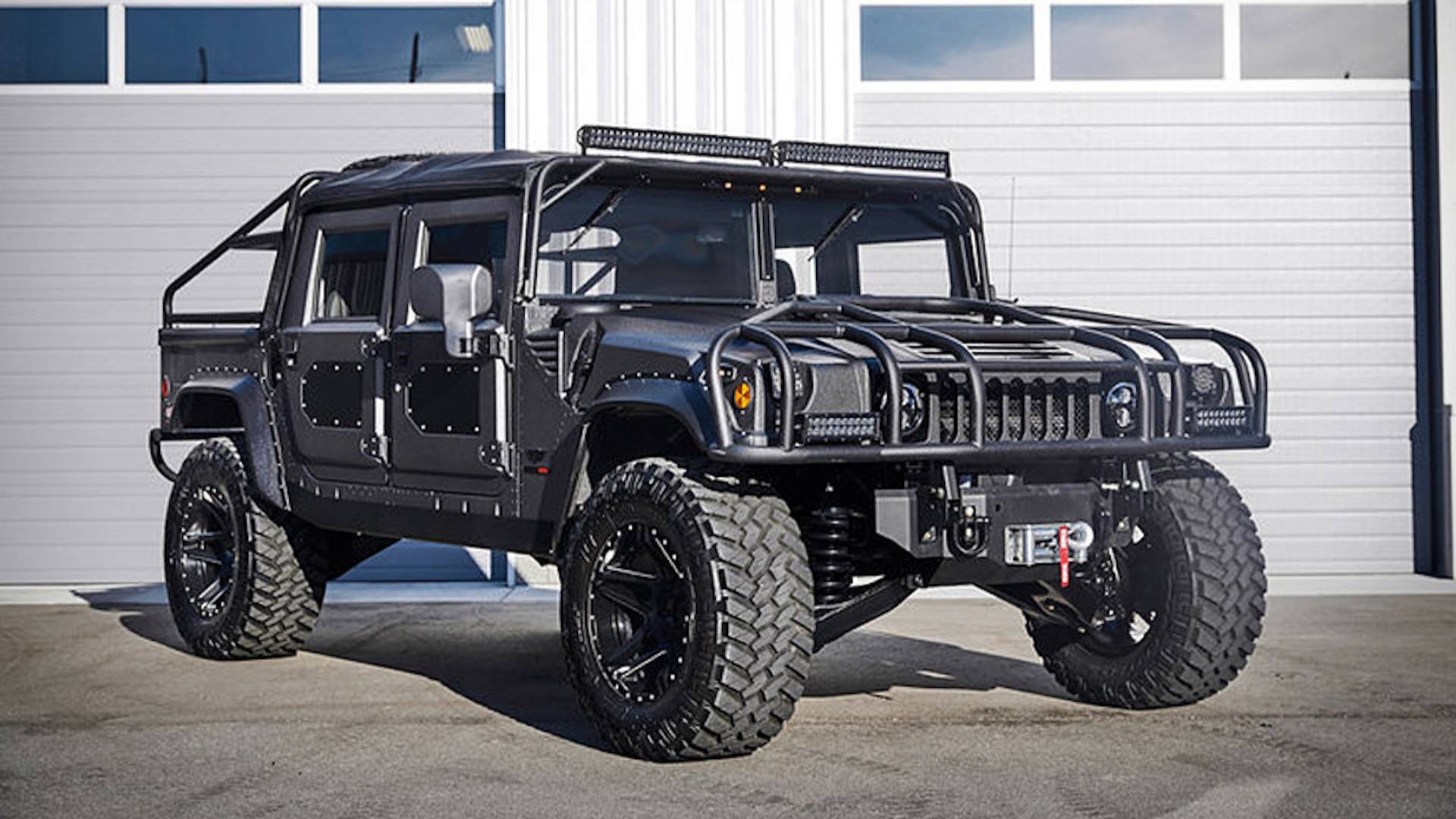
Hummer H1
The Hummer H1 may be fun and capable, but it’s one of the least suitable vehicles for new drivers. Not only is it widely regarded as unreliable, with a genuine risk of breaking down during any given drive, but it also suffers from massive blind spots.
The H1’s enormous size and poor visibility make it extremely difficult to maneuver, especially for someone still developing spatial awareness and confidence behind the wheel. The nickname it’s earned in enthusiast circles—“high mobility money wasting vehicle”—says it all.

